
Life is a Carnival
It is the time of the year when feathers, colors, and merriment are the main protagonists in several cities in the Americas.
Carnivals are celebrated differently in each country, and with this article we hope you will discover new places to enjoy them.
By Redacción Panorama de las Américas
Photos: Courtesy
With Copa Airlines’ Stopover program, you can make a stopover in Panama and enjoy a few days in the interior of the country during Carnival. Las Tablas is a four and a half hour drive from Panama City and in the surrounding area there are beach options, such as Venao, where you will find more ways to enjoy yourself.
“Y hay que vivir cantando,” sang Celia Cruz in one of her greatest hits. Carnival and the furor that surrounds it is something you must experience firsthand to understand. Fortunately, it is a celebration that takes place in almost all the continent with diverse activities and cultural demonstrations, but with something in common: joy, happiness, and, as they would say in Panama, luxury and splendor.
Competitive Carnival
In the picturesque town of Las Tablas, in the province of Los Santos, this festival is the absolute protagonist of the Panamanian summer. Two teams, Calle Arriba and Calle Abajo, present their respective queens to the people in a competition where there is no jury, but the people decide who to support. Four days where from the morning you can experience folklore in various musical manifestations: from the traditional tuna de caja and drum or the murga, an orchestra that rides in its own vehicle behind the queen going around the town.
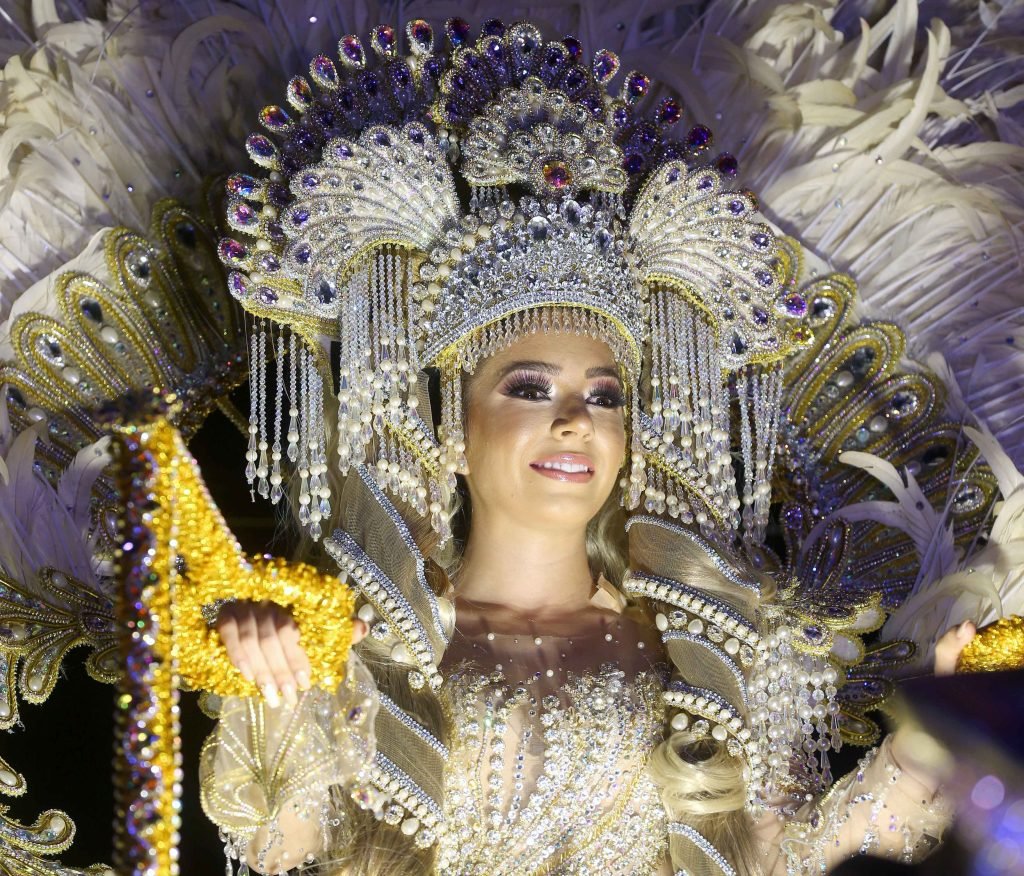
Dancing and dressmaking in carnival
Among the most autochthonous carnivals of the continent is that of Gualeguaychú, in the province of Entre Ríos, Argentina. This event stands out for its parades of floats and comparsas, where groups of dancers known as comparseros exhibit elaborate costumes and choreographies. The main competition takes place at the famous Corsódromo, on the banks of the Uruguay River, a circuit specifically designed to host this spectacle with a capacity of up to 40,000 people.
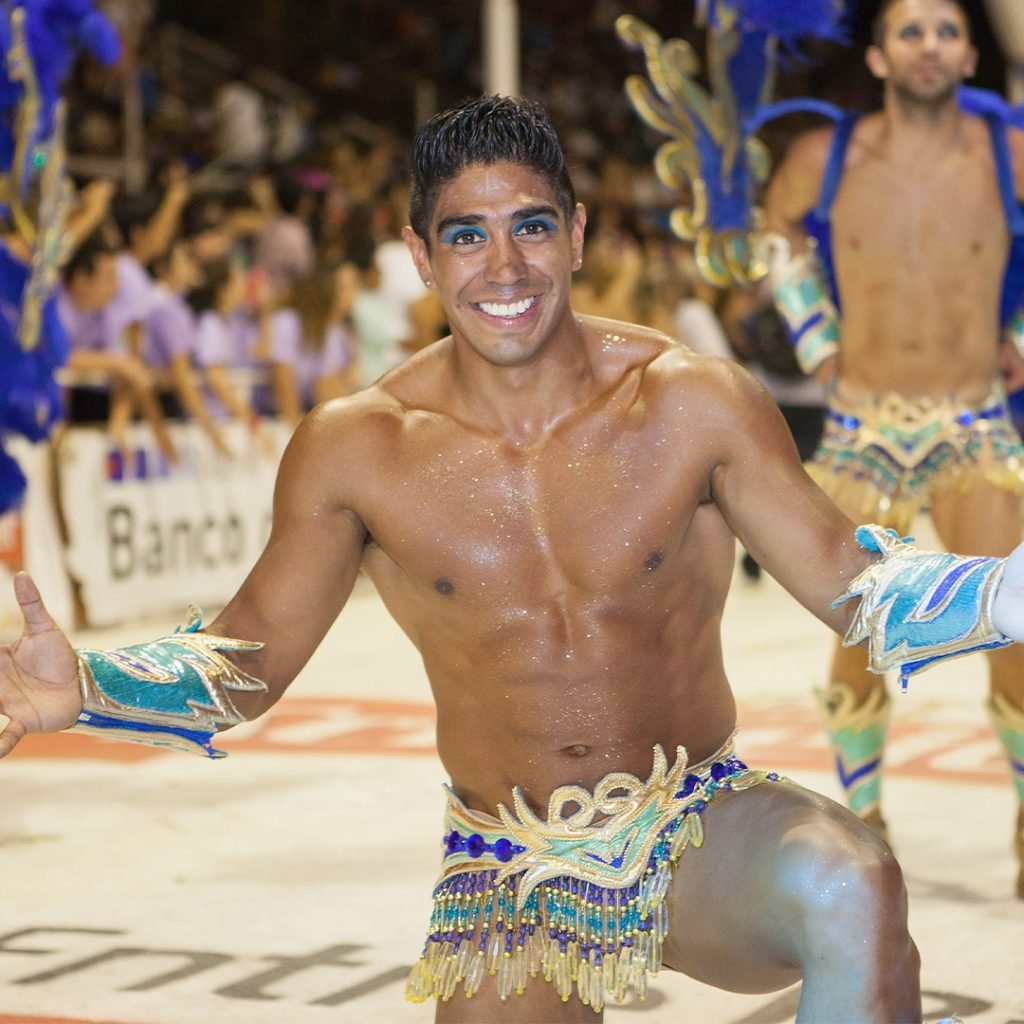
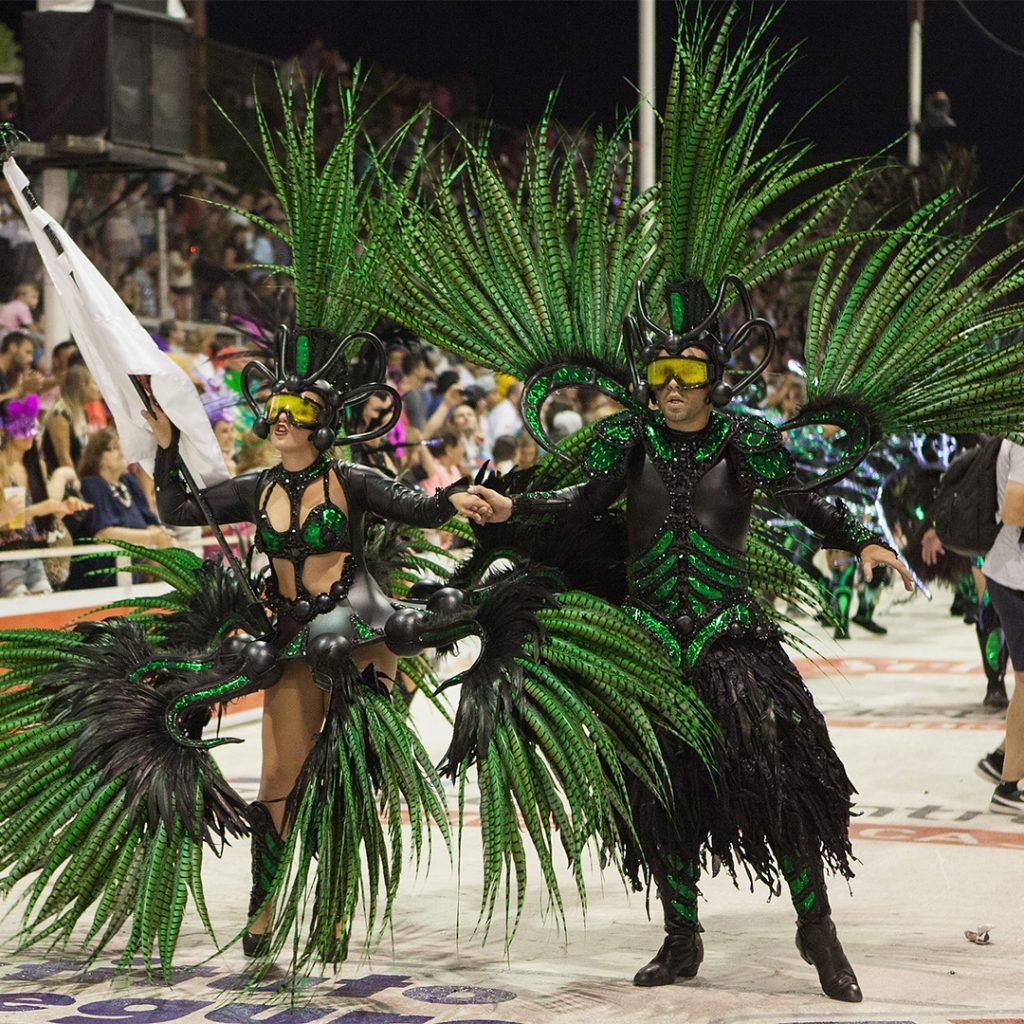
Star in your carnival
In the Caribbean, the Carnival of La Vega, in the Dominican Republic, stands out. The Carnival is dressed with the tradition and creativity of the people, where since 1988 the King of the Carnival is elected annually, who is crowned in early February. Four fundamental actors participate: the comparsas, the aguanta vejigazos, the diablos cojuelos and, of course, you, the visitor.
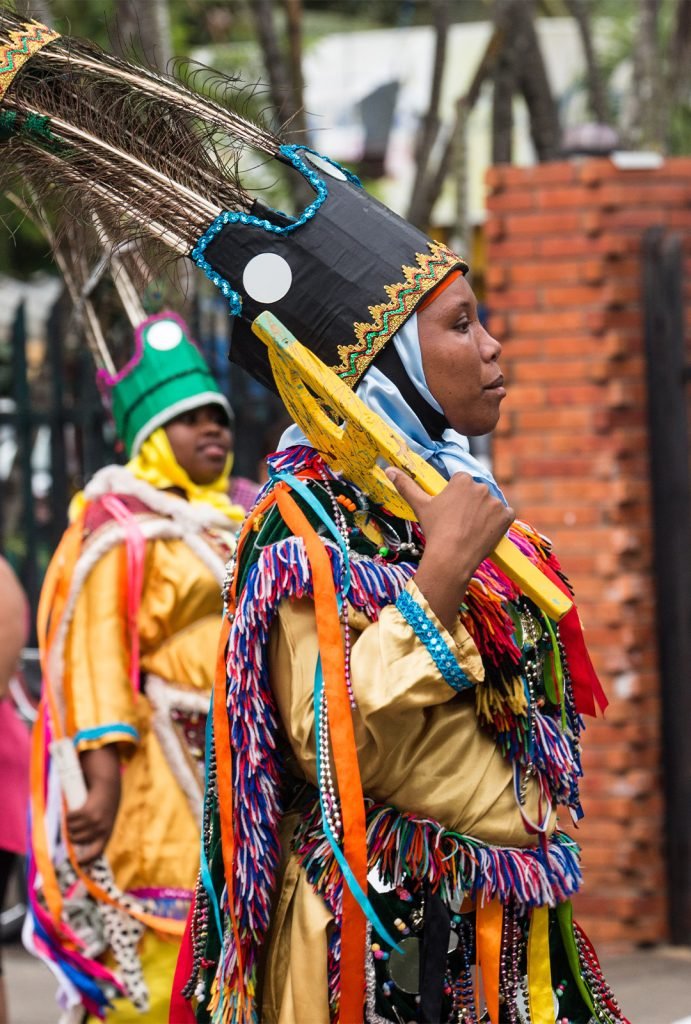
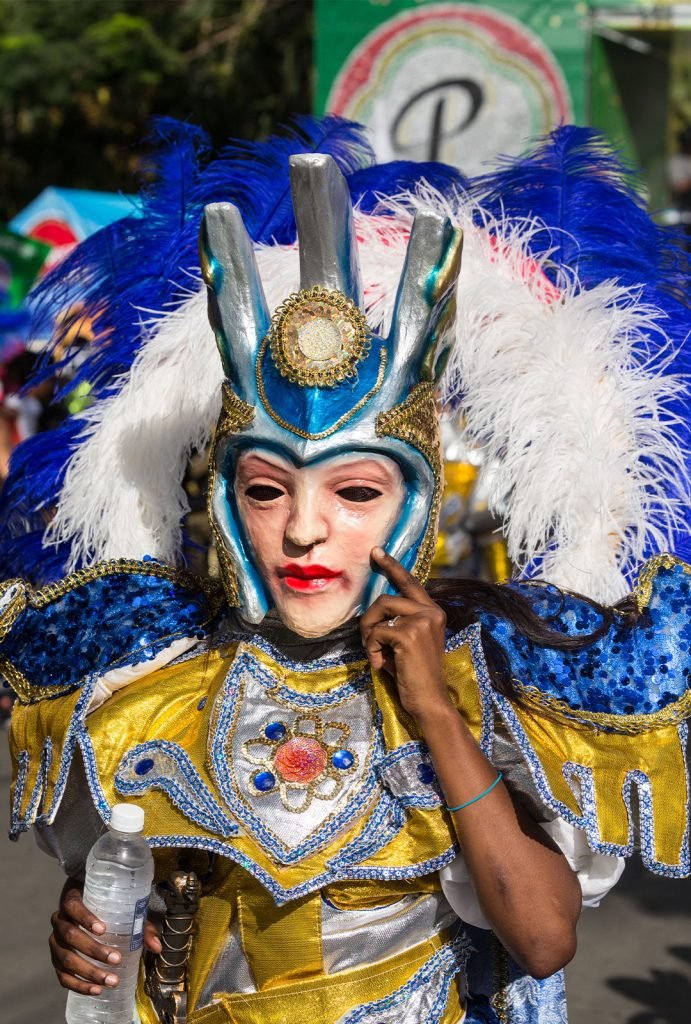
Tradition and heritage festivity
The Oruro Carnival, in Bolivia, has been recognized as a Masterpiece of the Oral and Intangible Heritage of Humanity by UNESCO. This massive event is rooted in ancestral traditions and fuses elements of the Catholic religion with pre-Hispanic beliefs. The heart of this Carnival is the festivity of the Virgen del Socavón, venerated by thousands of devotees who participate in the colorful procession. Impressive dances of devils, angels and a variety of mythical characters known as morenos are the essence of the festival. Additionally, it is a place to try unconventional dishes such as fricassee, whose main ingredient is lamb.
Wherever you celebrate it, the King Momo Festival that kicks off Lent is the cherry on the cake of the summer season in Panama (and in several parts of Latin America) and the perfect excuse to escape from routine and indulge in hedonism.
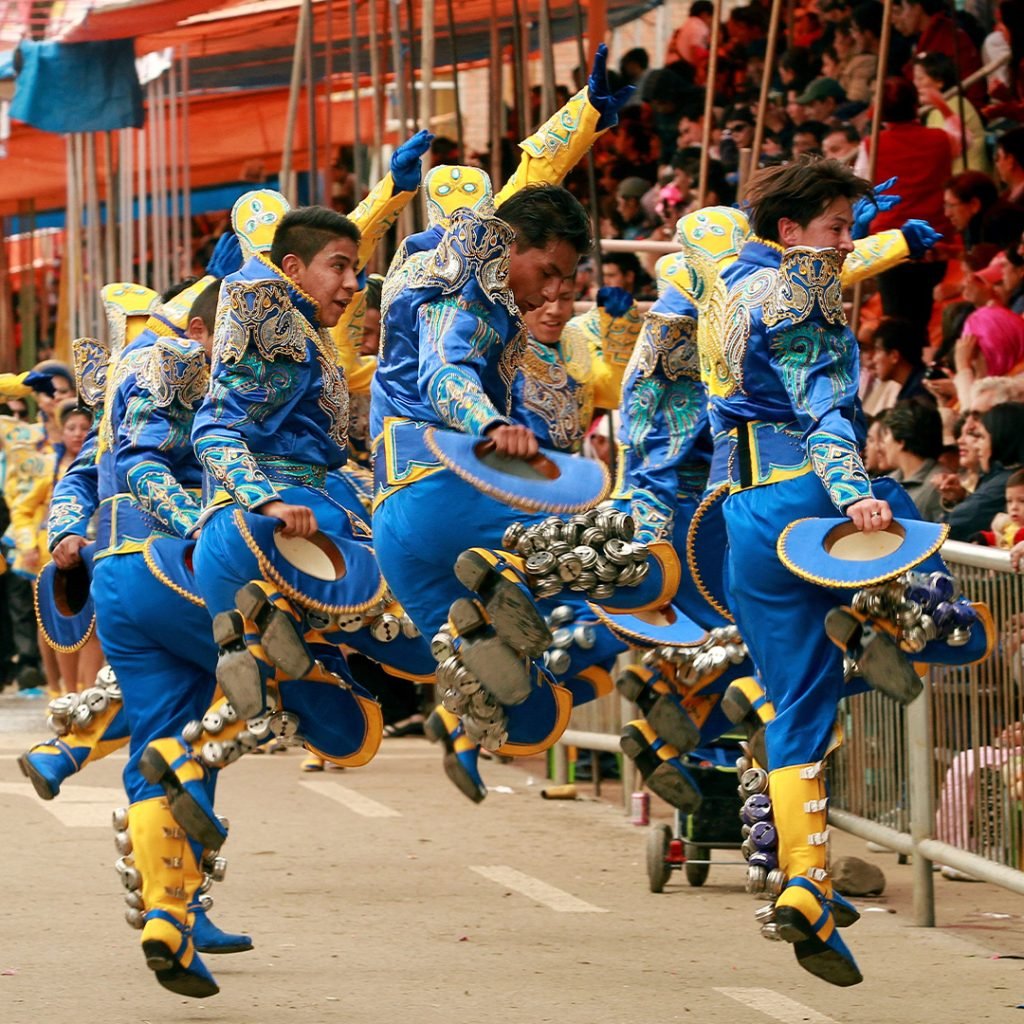
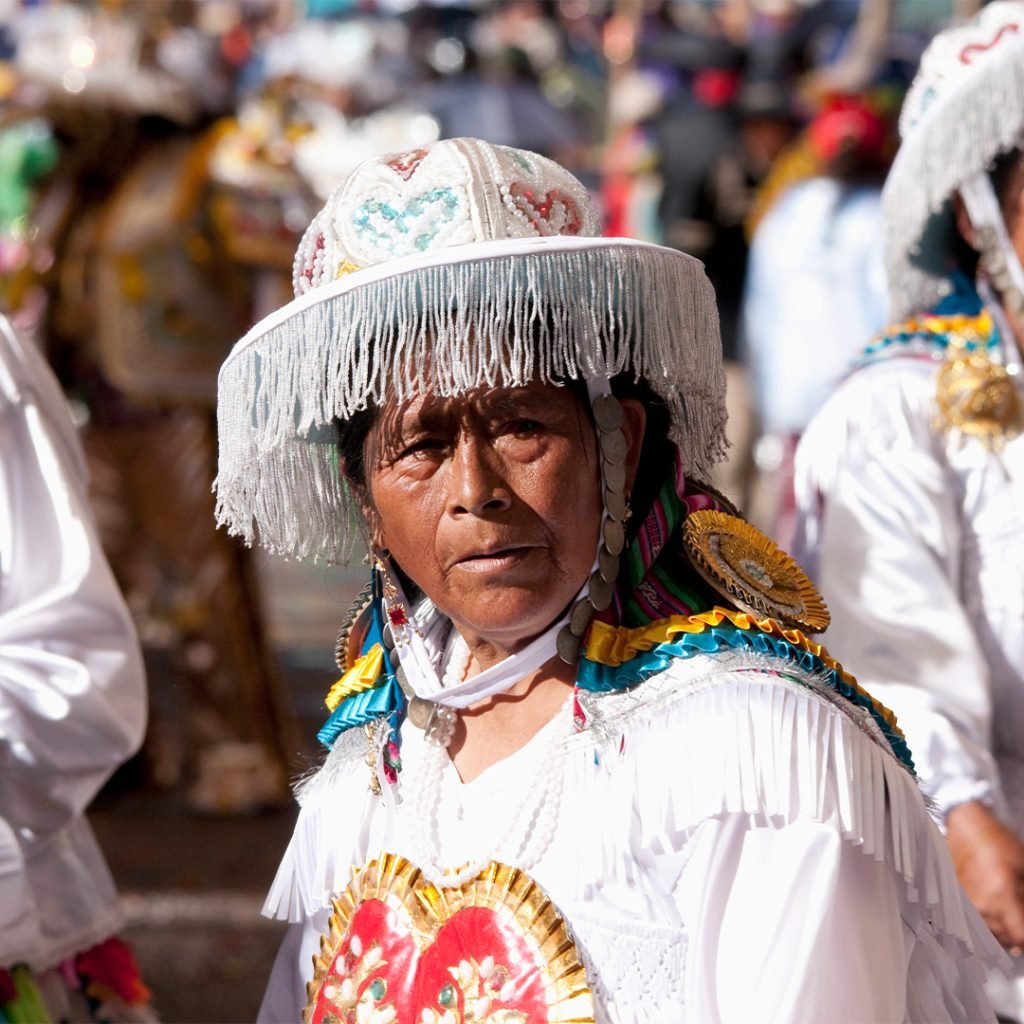
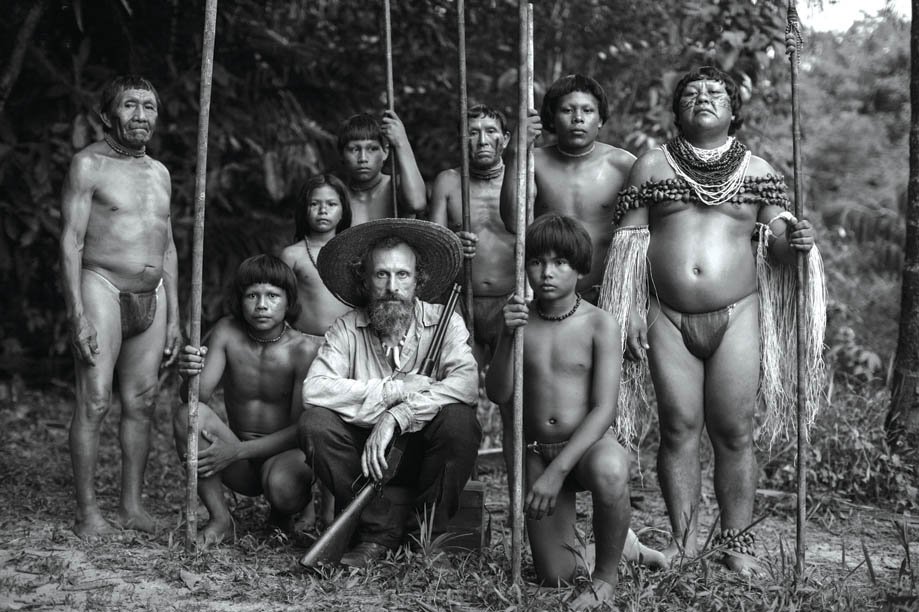
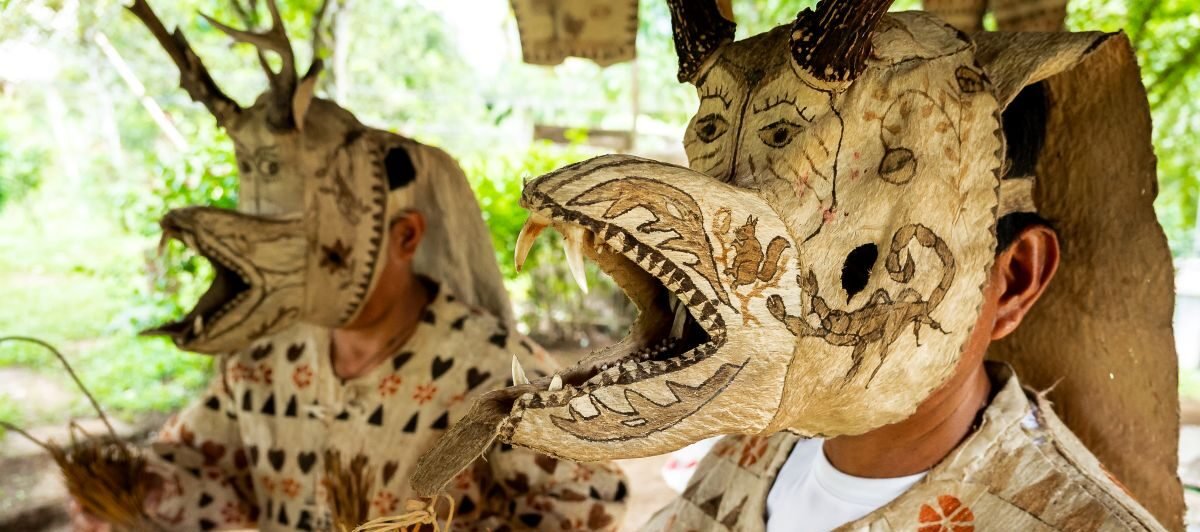


Leave a Reply